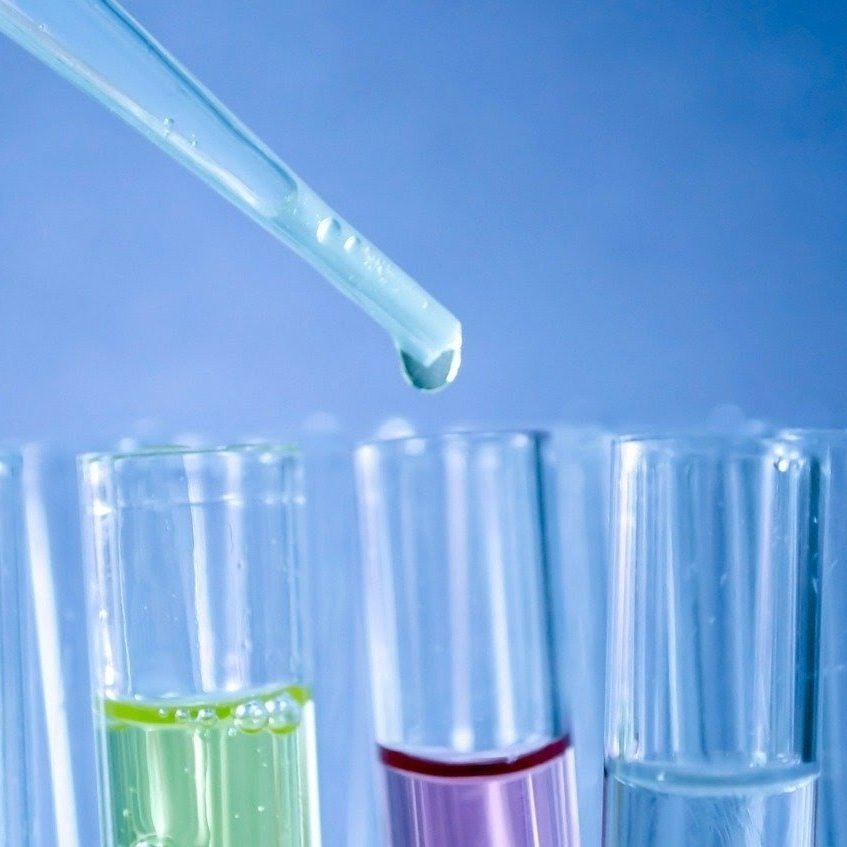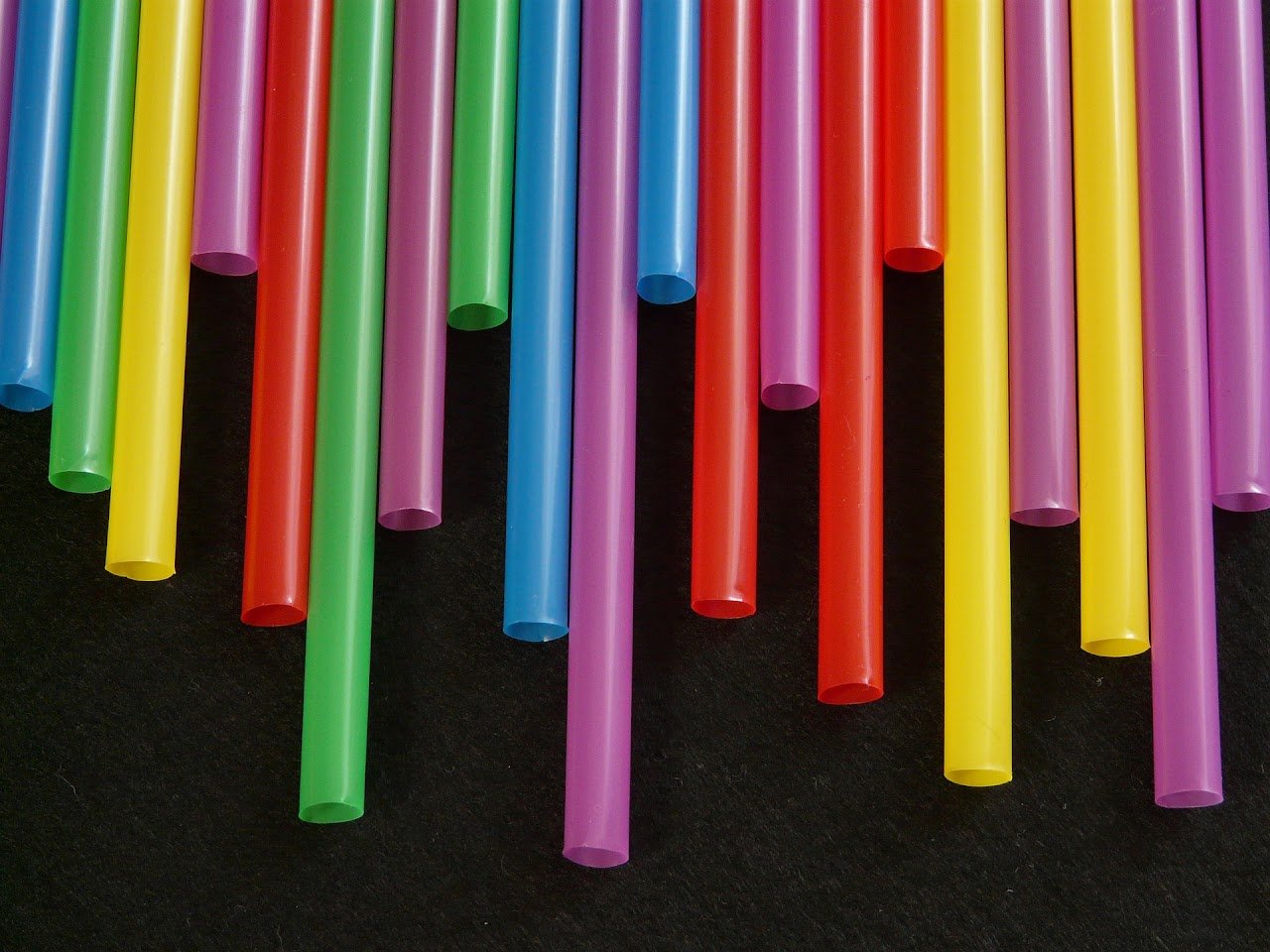Physical Science Unit Resources
Each of our self-paced mini units covers one NGSS standard and includes a student slideshow and work packet, assessment project with rubrics, extension activity and complete educator lesson plans.
Additional resources, helpful websites and phenomena ideas are found on this page for each unit listed.
Thermal Energy Project Mini Unit Resources
Students collect data about three chemical reactions (baking soda and vinegar; calcium chloride, baking soda and water; ammonium chloride and water) and determine if each reaction is endothermic or exothermic. Then, students determine which reaction would be the best to create a hot pack. Finally, students design, build, test and modify an original pie-warming device!
Conservation of Mass Mini Unit Resources
Students independently practice counting atoms in chemical formulas and review why we cannot turn carbon into gold! They demonstrate the law of conservation of mass by comparing the reactants and products of rust. Students model the reaction between baking soda and vinegar by cutting apart reactant molecules, building the products and creating a poster of this chemical equation!
Evidence of a Chemical Reaction Mini Unit Resources
Students differentiate between physical and chemical changes and learn the signs of a chemical reaction. Then, they plan and carry out an investigation and compare reactants (baking soda and vinegar) and products to determine if a chemical change has occurred. Students share their evidence for a chemical change with a claim, evidence and reasoning assessment.
Changes in Molecule Motion Mini Unit Resources
Students make quantitative and qualitative observations of food dye in hot and cold water then draw conclusions about particle motion and temperature. They plan and carry out an investigation to answer the question, “How does a pure substance change when thermal energy is added?” Then, students create a graph, analyze their data and draw diagrams of particles in motion. They summarize their learning with an original cartoon of a pure substance facing increased heat energy!
Motion of Molecules
Students plan and conduct an investigation about the motion of vanilla molecules, create a graph, analyze data and observe a Skittle in water! Finally, students use evidence collected in the lab to support the claim “Molecules are in motion”.
Synthetic Materials Mini Unit Resources
Students differentiate between natural and synthetic materials and make their own synthetic slime! They research the environmental, economic and societal impacts of two synthetic materials - plastic and high fructose corn syrup. Then, students decide if the positive impacts of HFCS outweigh the negative impacts and argue their point.
Atoms, Elements & the Periodic Table Mini Unit Resources
Students reflect on elements they already know, ask questions about the periodic table and then find answers! They build models of helium and copper atoms with Skittles, distinguish molecules from compounds and grow salt crystals to show cubic crystal structure. Finally, students create models of molecules to show what they know. Students love learning more about elements and the periodic table!






